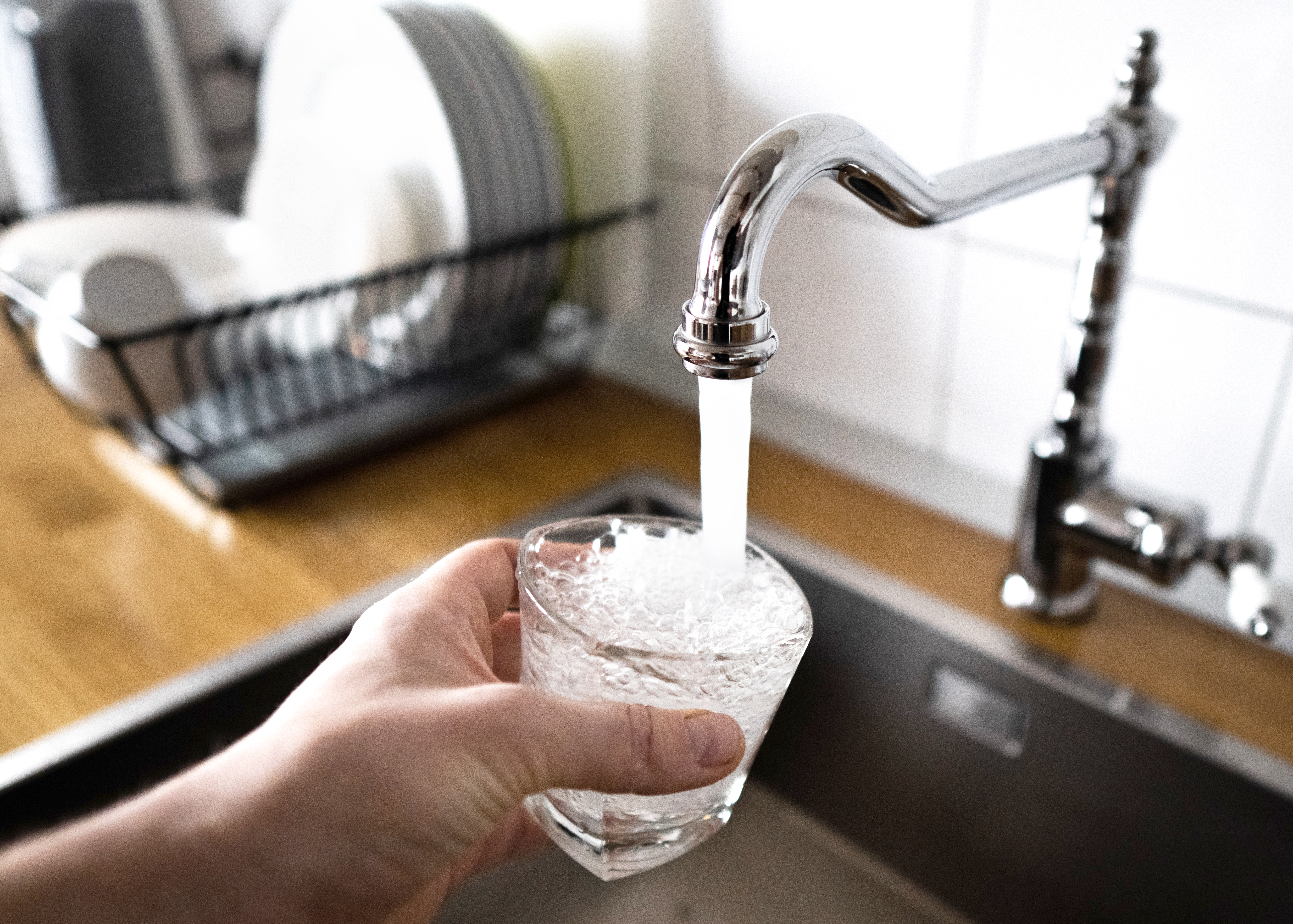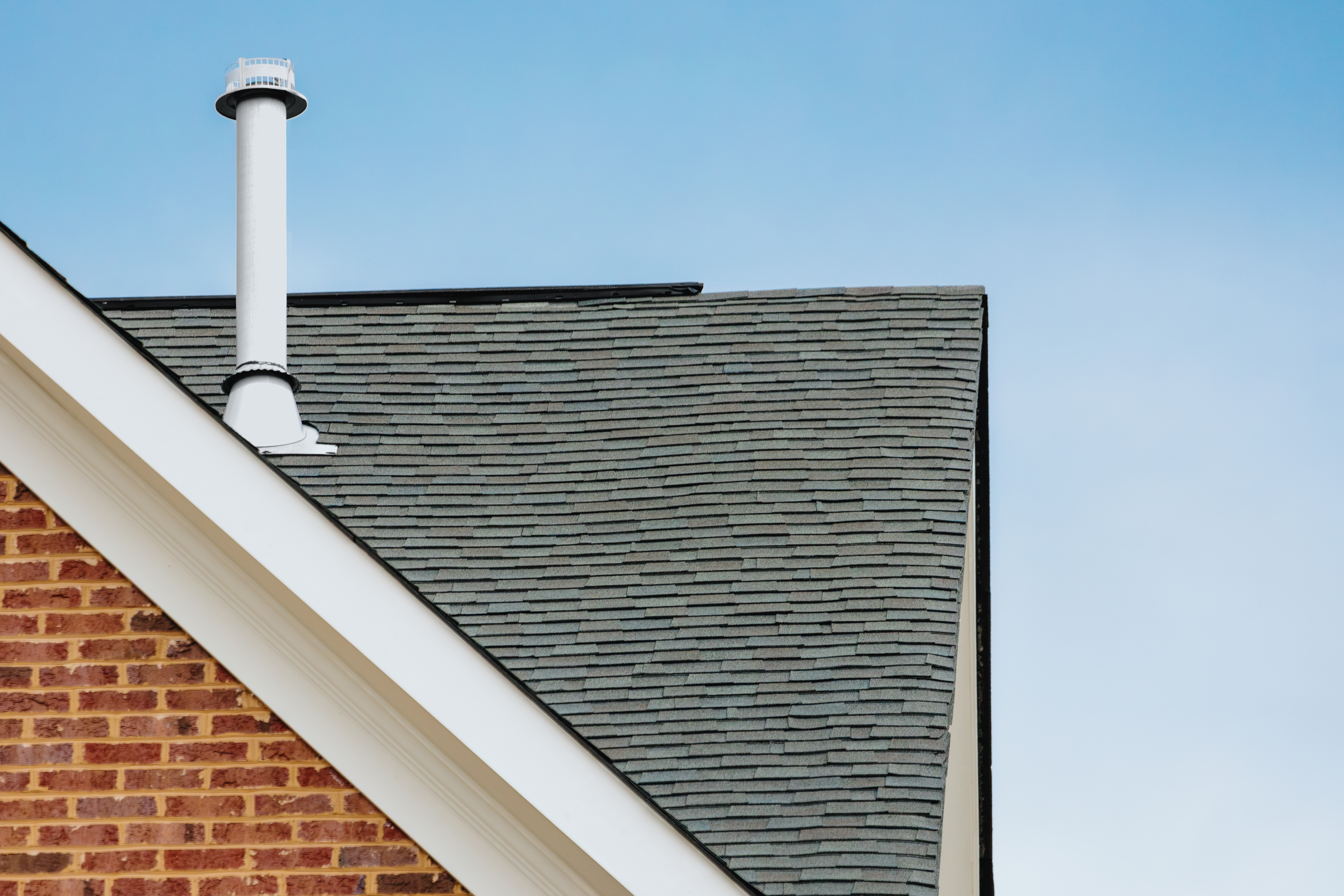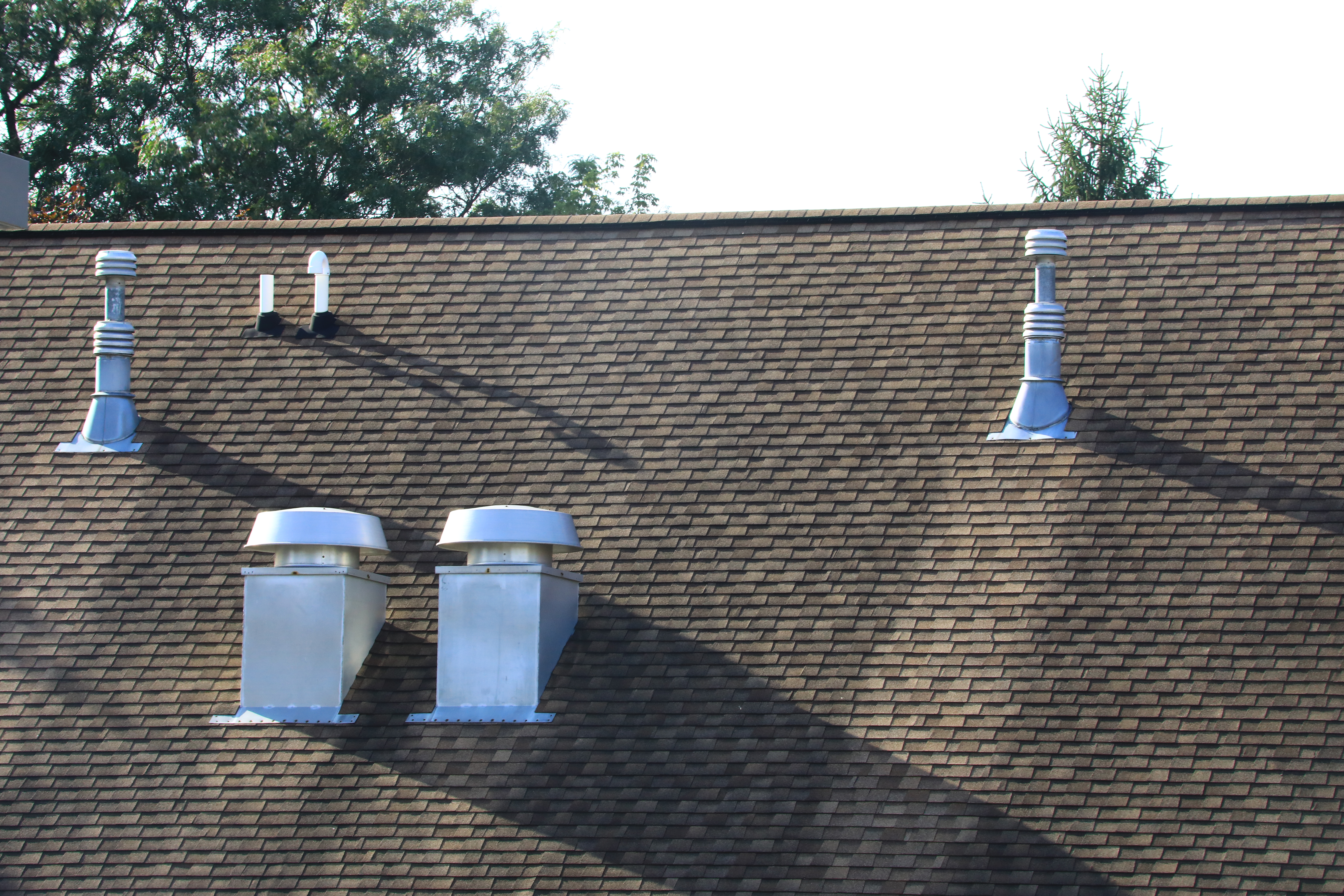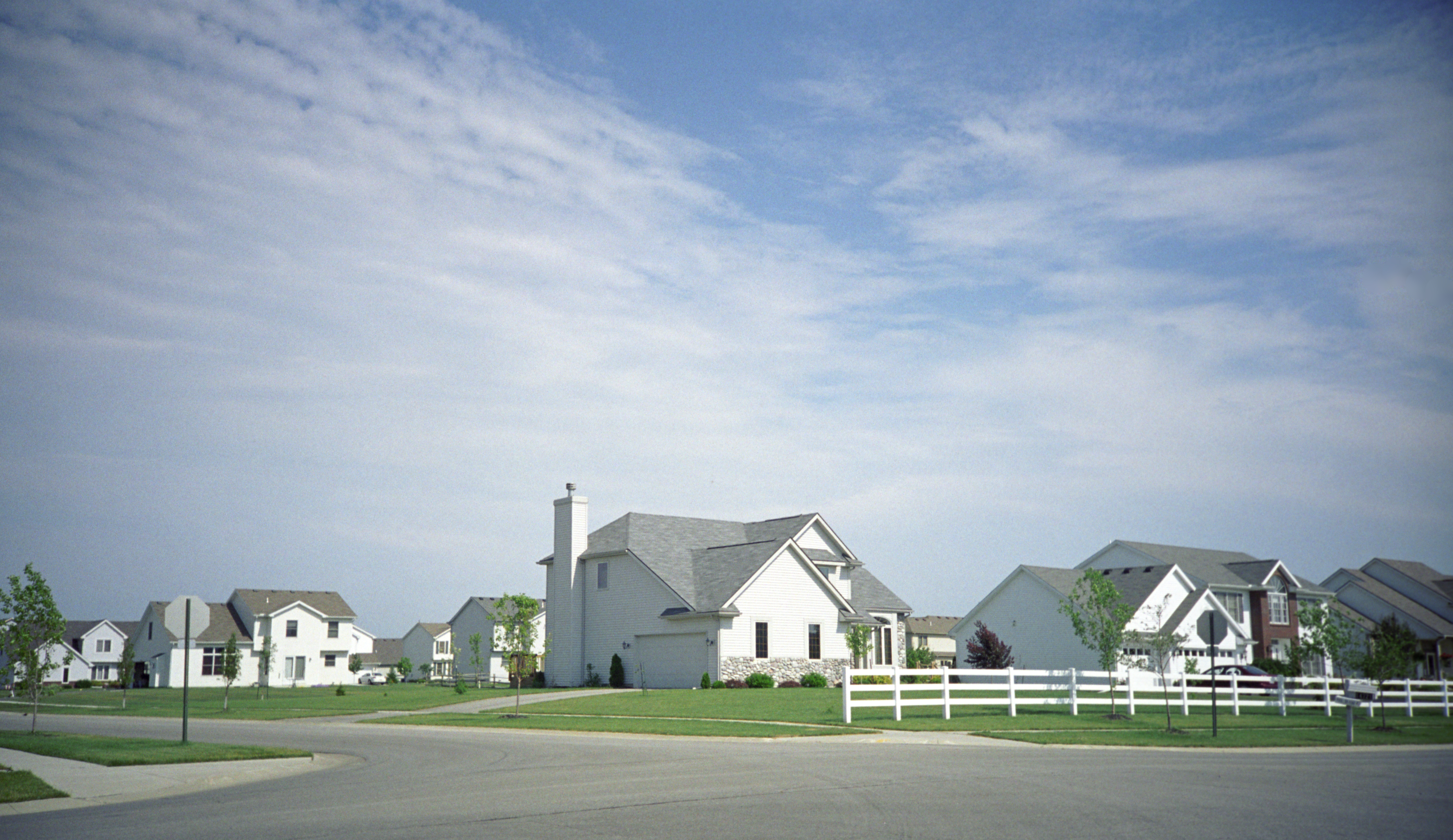
Learn about main water line repair costs in Columbus and what affects pricing to be prepared before you start getting estimates.
A must-have for every home


The number of plumbing vents a house should have depends on the size, layout, and number of fixtures.
Local building codes dictate the minimum number of required plumbing vents.
All homes have at least one main vent stack and two or more branch vents.
Having the right number of vents is crucial to maintaining clean air and a properly working plumbing system.
Plumbing vents are one of the unsung heroes of your plumbing system. They’re small pipes sticking out of your roof that create airflow. There’s no one-size-fits-all approach to figuring out how many plumbing vents a house should have. Here are some key factors that’ll give you the insight you’re looking for, whether you’re building a new home or improving your existing one.
Plumbing vents are an essential part of your drainage system. While the pipes are responsible for carrying the wastewater out of your home, your plumbing vents do the following:
Provide airflow
Balance the pressure in the pipes
Carry sewer gases and smells up and out of the house
There are six types of plumbing vents, although your home may have only a few of them. The vent types that all homes have are the main vent stack and branch vents.
The main vent stack is, as the name suggests, the main pipe. It starts in the basement and goes all the way up through the roof of your house. Branch vents connect drainpipes in the home to the main vent.
Every home plumbing system needs one main vent stack and two or more branch vents to work properly. Depending on the size of the home and the number of stories, you’ll need multiple main vent stacks and a variety of vent types.

Each plumbing fixture and drainpipe requires a vent, so the actual amount you’ll need depends on the number of fixtures you have. This includes all of your sinks, bathtubs, showers, toilets, and washing machines. Note that in many instances, multiple fixtures are on a single vent system, like in the bathroom.
Bigger homes require more than one main vent stack, especially if your fixtures are scattered throughout the house. Another factor to remember is your local building codes. These will specify how many vents you need, their size, and location requirements.
Here are some rough estimates of the number of vents you’ll need according to the house size, assuming that it’s a one-story house with one kitchen and a laundry room:
| Bedrooms | Bathrooms | Main Vent Stacks | Branch Vent |
|---|---|---|---|
| 1–2 | 1–2 | 1 | 3–4 |
| 3–4 | 2–3 | 1–3 | 4–5 |
| 5+ | 4+ | 2–3 | 6+ |
Many homes will utilize more vent types other than main vent stacks and branch vents. Here are the other vent types available:
Loop vents are commonly used for kitchen islands. They’re an alternative to installing a vent pipe through the ceiling. The vent forms a loop under the sink and connects to the main vent.
Auxiliary vents allow you to vent individual fixtures that are too far from a main vent stack.
Wet vents allow you to use one vent for all the fixtures in your bathroom. This pipe vents air from a fixture.
Air admittance valves prevent dangerous gases from leaking when roof venting isn’t an option.
Note that you need an extra main vent stack for each floor, so expect to need at least two main vent stacks for a two-story home. The further apart your fixtures are, the more likely you’ll need additional main vent stacks.
If a home doesn’t have enough vents, you’ll have a wide range of issues, including some that can be dangerous to your health. Poorly designed or improperly installed venting systems can trap sewer gases and odors in the home.
According to the Centers for Disease Control and Prevention, exposure to sewer gases can cause a wide range of health complications, including respiratory issues, loss of smell, and loss of consciousness. If you notice sewer smells in your home, vacate immediately and call an emergency plumber for assistance.
In addition to sewer smells, a lack of proper vents can cause slow drainage, frequent clogs, gurgling sounds, and water backups in sinks and toilets.
Avoid all of these issues by hiring a plumber near you to install plumbing vents. Your pro can evaluate your home and make recommendations that line up with building codes.
Simple plumbing DIYs like unclogging a drain are perfect for homeowners, but taking on a major plumbing project has risks. An incorrect installation could lead to leaks and extensive damage to your home. With your safety and wallet in mind, consider hiring a licensed plumber to take on complex jobs.
From average costs to expert advice, get all the answers you need to get your job done.

Learn about main water line repair costs in Columbus and what affects pricing to be prepared before you start getting estimates.

Discover the leading factors affecting your main water line replacement cost in Columbus, including length, material selection, and installation details.

Learn how much plumbers cost in Columbus, Ohio. Discover pricing for faucet repairs, pipe work, and emergency services, plus how you can save money.

Understand how much water a toilet uses per flush and find ways to make your house more sustainable and efficient while lowering water bills.

Find out the average water pressure regulator replacement cost, key price factors, and tips to save on your project. Get transparent, expert-backed cost info.

There are a few plumbing terms that everyone needs to know. Using this informative guide, you’ll learn plumbing terms like flapper and shut-off valve to help you tackle both emergencies and everyday annoyances.